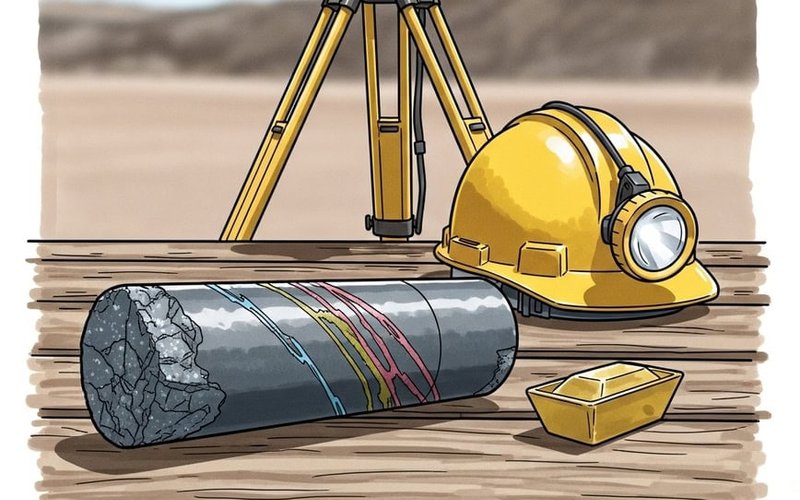Terra Uranium (ASX: T92) has revealed new assay results from surface and historical drilling that point to significant tin, tungsten and molybdenum mineralisation across its Deepwater project in New South Wales.
Surface sampling returned values up to 3.13% tin, 13.7% tungsten and 6.08% molybdenum, while historic drill intersections at the Echo and Marshalls prospects identified mineralised intervals as high as 1,567 parts per million (ppm) tin equivalent over 18 metres.
The company recently secured 100% ownership of Deepwater through its acquisition of Dundee Resources and plans to incorporate the project into a regional critical minerals strategy focused on tin, tungsten, molybdenum and bismuth.
Historic Exploration Validated
Terra’s review confirms greisen-hosted mineralisation extending 3.5 kilometres along the northern margin of the Kingsgate Leucogranite body and at least 500 metres into the altered sediments to the north.
Historical drilling by Amoco in the 1980s and Auzex in 2007 intercepted multiple broad mineralised zones, including 74m at 958ppm tin equivalent from 70m and 54m at 1,360ppm tin equivalent from 66m.
The company has verified these results as JORC-compliant, allowing it to report them formally under the current ASX framework.
Wider Regional Potential
Deepwater lies within Exploration Licence 9764 in the New England Tin Province, northeast of Armidale and west of Tenterfield.
It came with the broader portfolio Terra acquired through the Dundee transaction, which also includes the Glen Eden and Bald Nob projects.
Management believes the mineralisation style and tenor at Deepwater closely mirrors that seen at Glen Eden.
Chair Andrew Vigar said the findings further support the company’s ambition to build “a major tungsten-tin-molybdenum-bismuth critical minerals business in NSW”.
Surface Grades and Follow-Up Work
In addition to drilling, surface rock chip samples from Echo, Marshalls and Hoppers confirmed high-grade zones including 3.13% tin at Echo, 13.7% tungsten at Marshalls, and 6.08% molybdenum at Hoppers.
Some samples also contained up to 1.8% bismuth and anomalous levels of silver and lead, underscoring the project’s polymetallic potential.
Terra will begin field validation, mapping and planning for new exploration in the current quarter, backed by proceeds from the company’s ongoing capital raise.
Uranium Portfolio Remains Intact
While Terra continues to expand its critical minerals footprint in Australia, the company remains focused on its core uranium holdings in Canada’s Athabasca Basin.
Those projects remain on standby as Terra waits for improved market conditions in the uranium sector, which it believes will be driven by increased recognition of nuclear energy’s role in the global transition to net zero.
The company says it is well-positioned for an eventual upturn and will maintain its uranium assets while pursuing value from its newly acquired New South Wales tenements.
